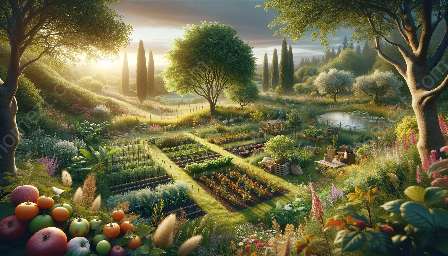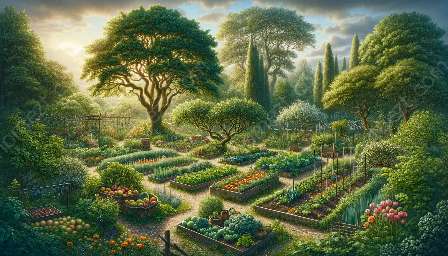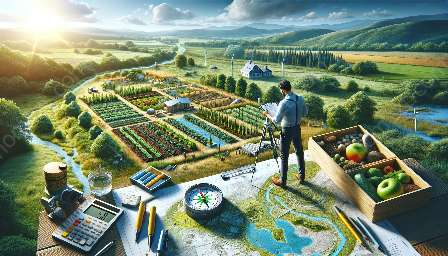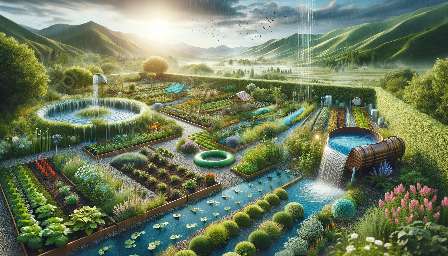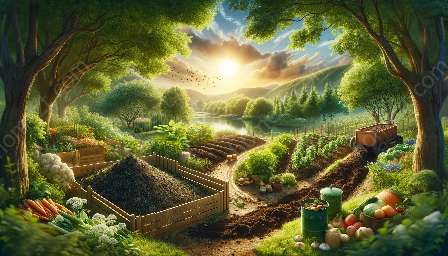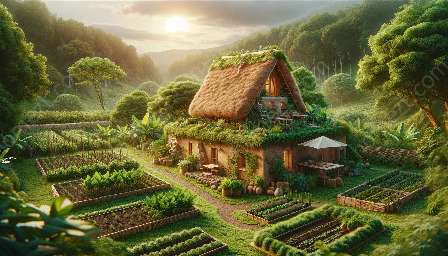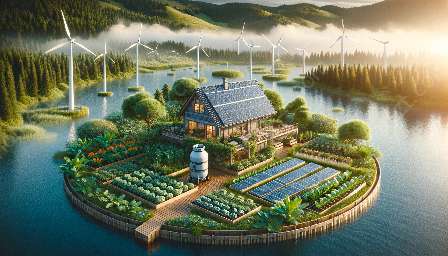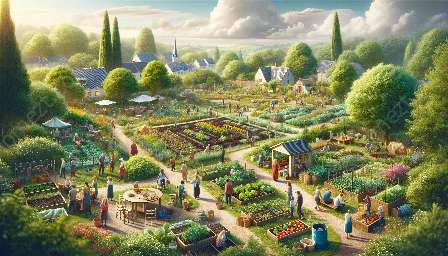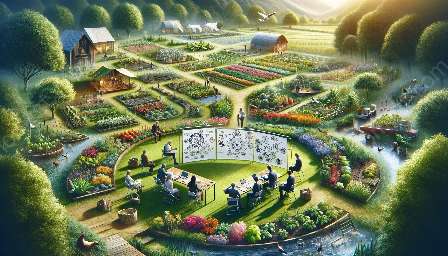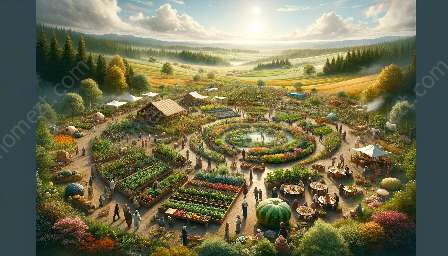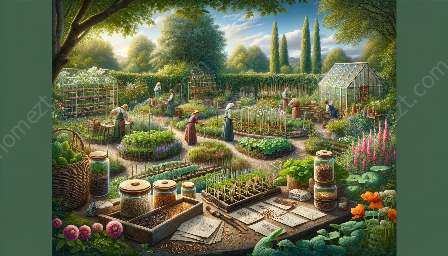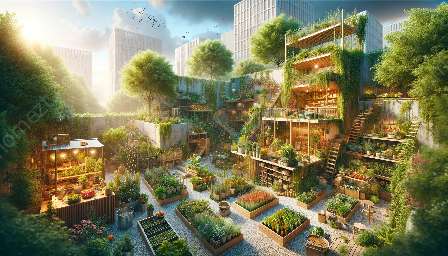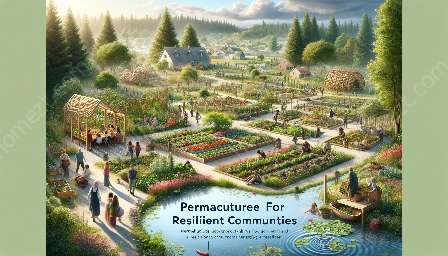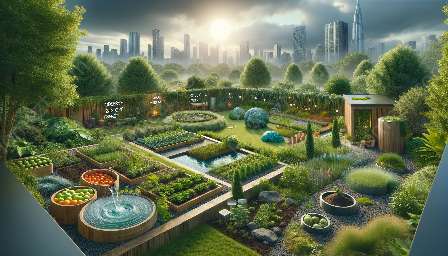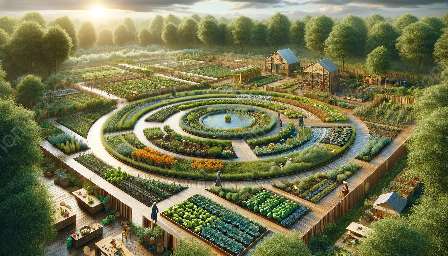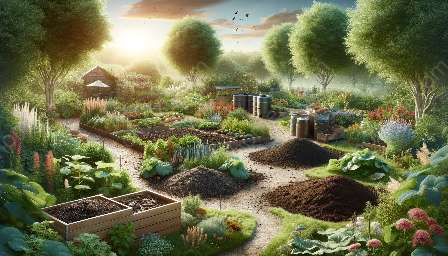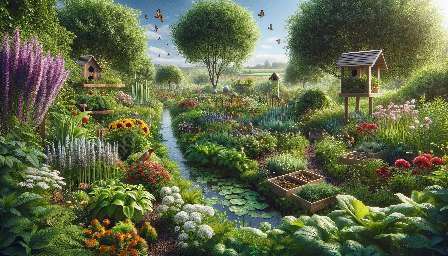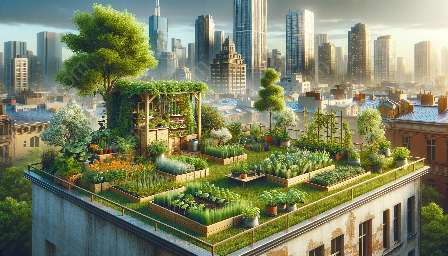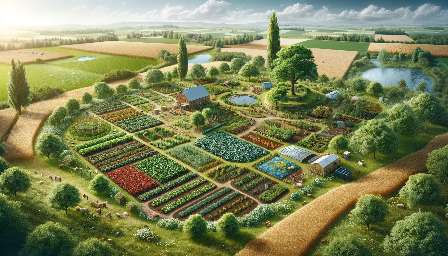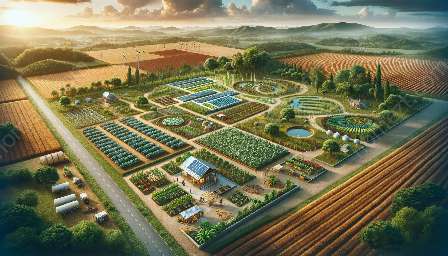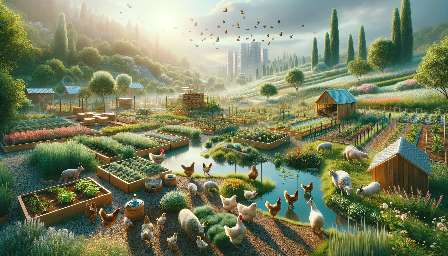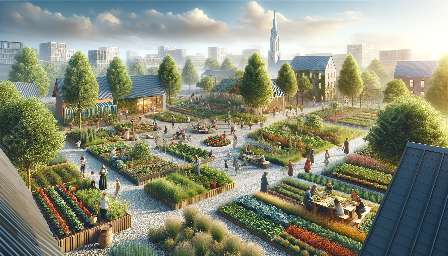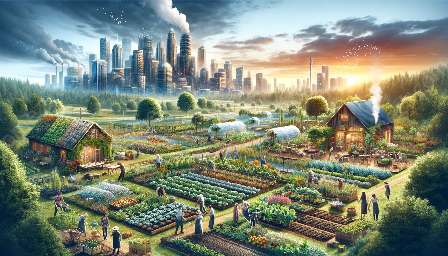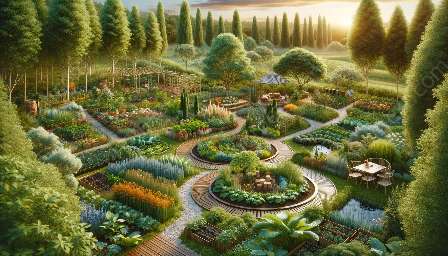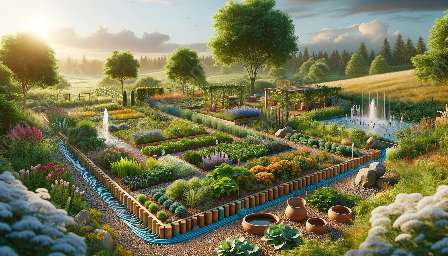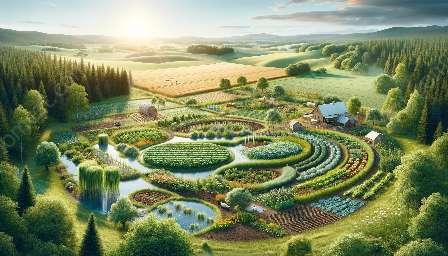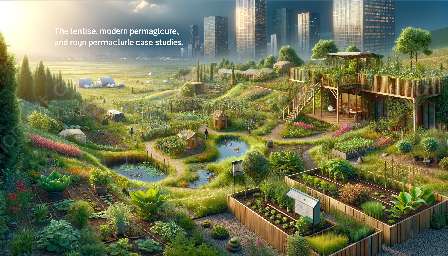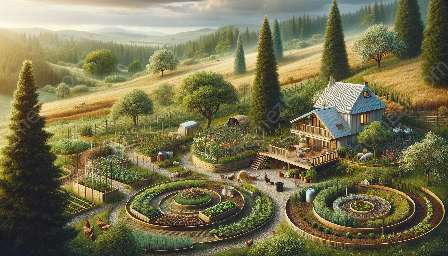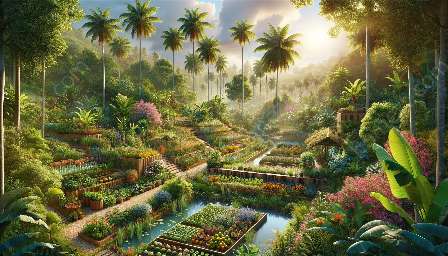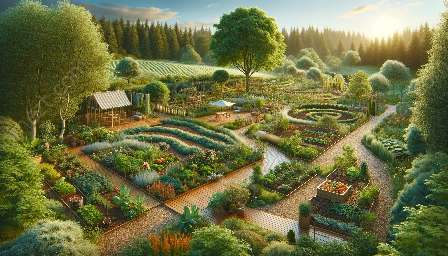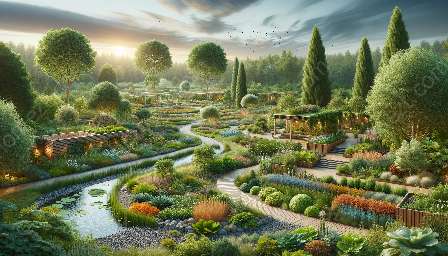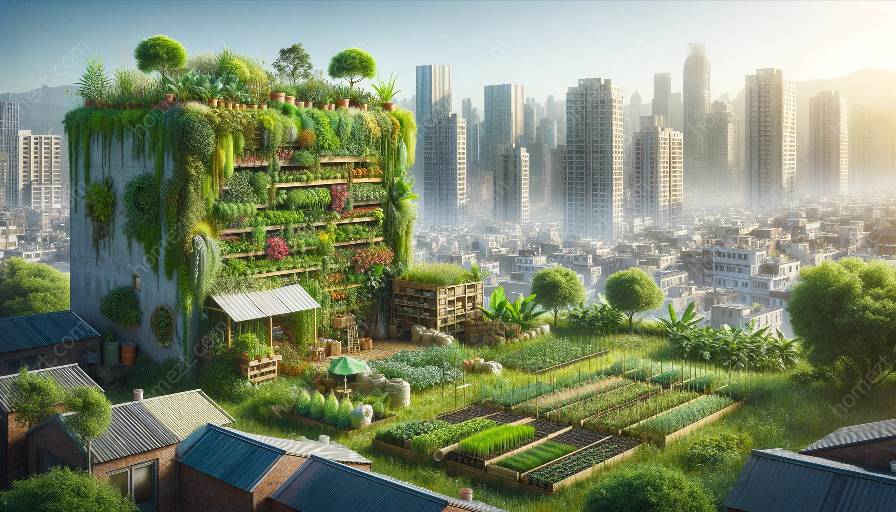Permaculture in urban environments offers a distinctive approach to sustainable living, combining the principles of permaculture with urban gardening and landscaping. It aims to create resilient, productive, and ecologically harmonious urban spaces that support both people and the environment. This holistic design system emphasizes regenerative practices, community engagement, and resourcefulness, making it an ideal solution for addressing the unique challenges of urban living.
Understanding Permaculture
Permaculture is a design philosophy that encompasses a set of principles and techniques for creating self-sustaining and regenerative systems that mimic natural ecosystems. While traditionally associated with rural settings, permaculture can also be effectively applied in urban environments, redefining the concept of urban landscapes and gardens.
Designing Urban Permaculture Systems
Integrating permaculture principles into urban environments involves thoughtful design and innovative strategies. By maximizing limited space, urban permaculture designs often incorporate edible landscaping, vertical gardens, rooftop gardens, and community gardens, making use of available resources to create abundant and diverse ecosystems within the city.
Key elements of urban permaculture design include water management, soil regeneration, energy efficiency, and biodiversity enhancement. These elements form the foundation of sustainable urban landscapes that support food production, wildlife habitat, and human well-being.
Benefits of Urban Permaculture
The application of permaculture in urban settings offers a multitude of benefits. Urban permaculture gardens and landscapes can contribute to local food production, enhance biodiversity, mitigate urban heat island effects, improve air and water quality, and provide opportunities for community involvement and education. Furthermore, by creating resilient and productive urban spaces, permaculture fosters a sense of connection to nature and promotes sustainable living practices within cities.
Challenges and Solutions
While applying permaculture in urban environments presents unique challenges such as limited space, soil contamination, and zoning restrictions, innovative solutions abound. Techniques like vertical gardening, aquaponics, and permaculture-based urban farming address spatial limitations, while soil remediation methods and community advocacy efforts help overcome environmental obstacles. Creative use of urban infrastructure, such as utilizing rooftops and abandoned lots for food production, exemplifies the resourcefulness inherent in urban permaculture.
Building Resilient Communities
Urban permaculture goes beyond sustainable gardening and landscaping; it enables the creation of resilient communities that are capable of adapting to changing urban environments. By fostering local food sovereignty, ecological literacy, and social cohesion, urban permaculture empowers individuals and neighborhoods to thrive in the face of urban challenges, from food insecurity to climate change.
Embarking on an Urban Permaculture Journey
For those seeking to incorporate permaculture into urban environments, numerous resources are available, including workshops, community gardens, permaculture design courses, and local organizations that advocate for sustainable urban development. Engaging with these resources provides valuable knowledge and support for individuals and communities aspiring to implement urban permaculture practices.
Conclusion
Permaculture in urban environments offers an inspiring vision for the future of cities, where sustainable living, biodiversity, and community resilience are at the core of urban design. By embracing permaculture principles and techniques, urban landscapes and gardens can become vibrant, productive, and regenerative oases within the urban jungle, contributing to the well-being of both people and the planet.

